How to Optimize Production with a Plastic Vacuum Forming Machine
In the competitive landscape of manufacturing, optimizing production processes is crucial for achieving efficiency and cost-effectiveness.
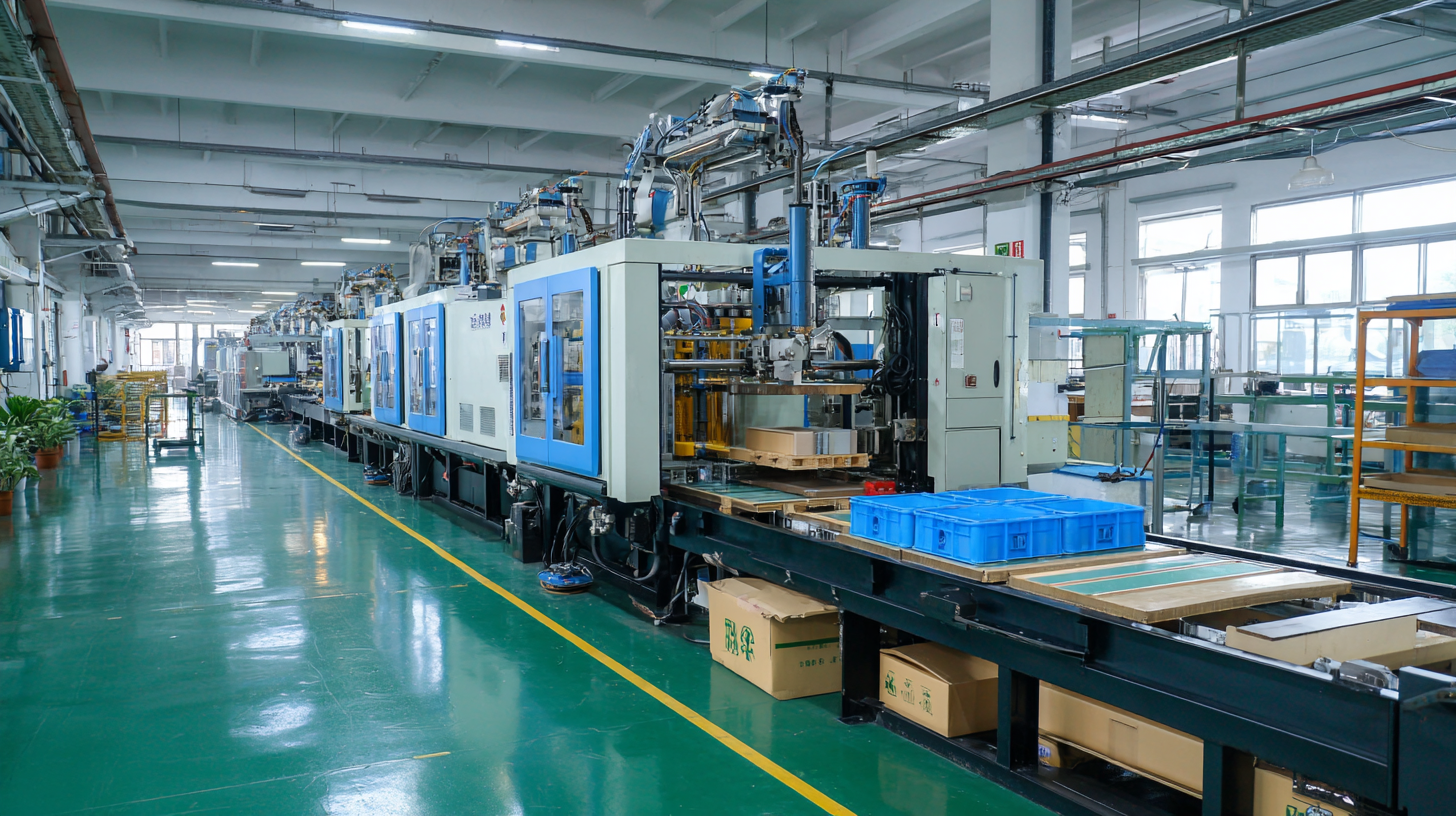 The plastic vacuum forming machine is increasingly recognized as a pivotal tool in this endeavor, driving innovation across various industries.
According to a report by MarketsandMarkets, the global vacuum forming market is projected to reach USD 3.61 billion by 2025, reflecting a compound annual growth rate (CAGR) of 5.5% from 2020.
This growth underscores the rising adoption of plastic vacuum forming machines for their ability to produce high-quality, customized parts with reduced lead times.
By leveraging advanced technologies and improved techniques, manufacturers can significantly enhance their production workflows, reduce material waste, and lower operational costs, making the optimization of processes with plastic vacuum forming machines more important than ever.
The plastic vacuum forming machine is increasingly recognized as a pivotal tool in this endeavor, driving innovation across various industries.
According to a report by MarketsandMarkets, the global vacuum forming market is projected to reach USD 3.61 billion by 2025, reflecting a compound annual growth rate (CAGR) of 5.5% from 2020.
This growth underscores the rising adoption of plastic vacuum forming machines for their ability to produce high-quality, customized parts with reduced lead times.
By leveraging advanced technologies and improved techniques, manufacturers can significantly enhance their production workflows, reduce material waste, and lower operational costs, making the optimization of processes with plastic vacuum forming machines more important than ever.
Identifying Key Production Metrics for Plastic Vacuum Forming Efficiency
To optimize production with a plastic vacuum forming machine, it’s crucial to identify and monitor key production metrics that reflect the efficiency of the operation. One of the primary metrics is cycle time, which measures the total time taken to complete one cycle of the forming process. Reducing cycle time not only maximizes output but also minimizes energy consumption, directly impacting the cost-efficiency of production. Analyzing the factors that contribute to prolonged cycle times, such as heating and cooling periods, can provide insights for improvements.
Another critical metric is material utilization, which assesses the efficiency of materials used in production. High material waste can significantly increase production costs and lead to environmental concerns. By tracking the ratio of scrap to finished product, companies can identify areas for improvement in design and setup processes. Additionally, monitoring machine uptime is essential; a high uptime percentage indicates that the equipment is reliable and effectively utilized. Implementing preventive maintenance can help maintain high productivity levels and reduce unforeseen downtimes, further enhancing the overall efficiency of the vacuum forming operation.
How to Optimize Production with a Plastic Vacuum Forming Machine - Identifying Key Production Metrics for Plastic Vacuum Forming Efficiency
| Production Metric | Value | Unit | Impact on Efficiency |
|---|---|---|---|
| Cycle Time | 15 | seconds | High |
| Material Utilization | 92 | % | Medium |
| Setup Time | 30 | minutes | High |
| Defect Rate | 1.5 | % | High |
| Production Volume | 1000 | units/day | Very High |
| Energy Consumption | 250 | kWh | Medium |
Selecting Appropriate Materials to Enhance Vacuum Forming Longevity and Quality
When selecting materials for vacuum forming, understanding their properties is crucial for enhancing product longevity and quality.
Lightweight materials such as thermoplastics, including ABS and polycarbonate, are favored for their excellent forming capabilities and impact resistance.
These materials not only reduce the overall weight of the end products but also improve their performance, particularly in applications like ankle-foot orthoses (AFOs), where comfort and mobility are paramount.
Tips:
Ensure the selected materials are compatible with your specific vacuum forming equipment to achieve optimal results.
Additionally, consider the environmental benefits of using recyclable or biodegradable plastics, which can enhance the sustainability of your production process.
Moreover, the choice of material affects the adhesion processes in the molding stage.
Surface properties and material selection play a significant role in determining the adhesion quality during production.
Understanding these interactions can help minimize defects and improve the overall aesthetic and functional qualities of the final product, giving you a competitive edge in the market.
Tips:
Conduct thorough testing with different material samples to evaluate their performance in real-world applications.
This approach will not only help in refining your selection but also ensure that you are meeting customer expectations for durability and quality.
Implementing Advanced Technology for Improved Speed and Accuracy in Production
Implementing advanced technology in production is crucial for optimizing the performance of plastic vacuum forming machines.
With the global fiber laser market projected to grow from $4.63 billion in 2025 to
$10.75 billion by 2032, a compound annual growth rate of 12.8%,
the industry is seeing a surge in the adoption of cutting-edge manufacturing techniques. This growth is driven by the demand for enhanced speed and accuracy,
enabling manufacturers to meet tight deadlines while maintaining high-quality standards.
To achieve improved productivity, integrating smart manufacturing solutions is essential.
Advanced systems like AI-driven quality control can transform traditional verification processes.
By adopting technologies that allow for self-optimizing capabilities, manufacturers can significantly reduce the IC verification productivity gap.
These innovations not only streamline operations but also align with the principles of Industry 4.0, which taps into the potential
of interconnected devices and real-time data analysis.
Tips for Optimization:
- Leverage AI technology to automate verification processes, which can free up resources for more critical tasks.
- Invest in training for your workforce to ensure they are proficient in utilizing new technologies effectively.
- Monitor key performance indicators regularly to identify bottlenecks and areas for improvement in your production line.
Conducting Regular Maintenance to Minimize Downtime and Optimize Workflow in Manufacturing
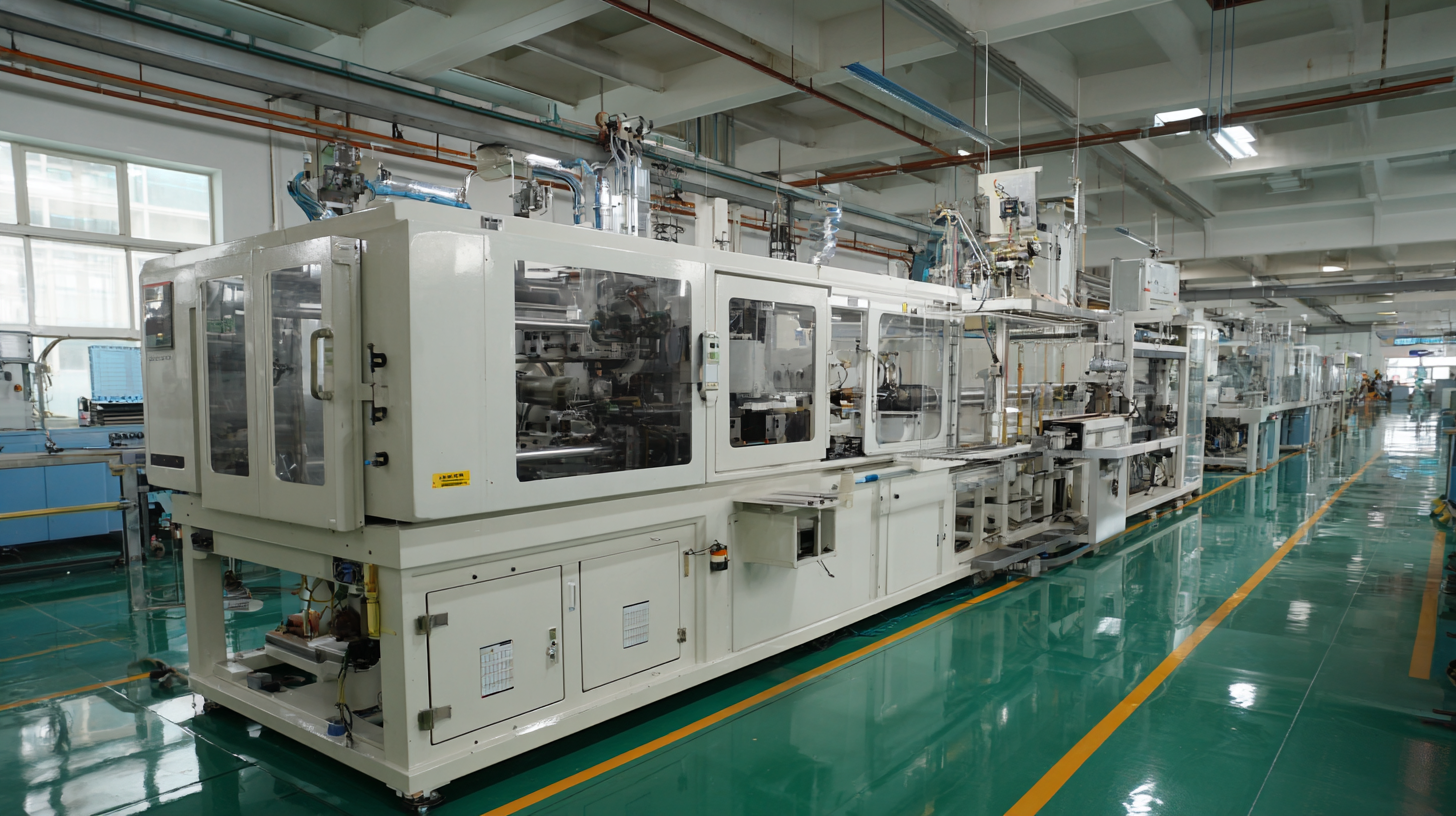 Regular maintenance of a plastic vacuum forming machine is essential for minimizing downtime and optimizing workflow in manufacturing. Implementing a structured maintenance schedule can ensure that potential issues are addressed before they escalate, thus keeping production on track. Routine checks on key components like heating elements, vacuum pumps, and molds can significantly reduce the risk of unexpected breakdowns.
Regular maintenance of a plastic vacuum forming machine is essential for minimizing downtime and optimizing workflow in manufacturing. Implementing a structured maintenance schedule can ensure that potential issues are addressed before they escalate, thus keeping production on track. Routine checks on key components like heating elements, vacuum pumps, and molds can significantly reduce the risk of unexpected breakdowns.
Tips: Always keep a log of maintenance performed, including dates and any parts replaced. This record can help identify patterns in equipment wear and inform future maintenance schedules.
In addition to regular maintenance, training operators on how to detect early signs of machinery issues is vital. This proactive approach enables quick responses to minor problems before they hinder production. Operators should feel empowered to report anomalies, which fosters a culture of vigilance and care around equipment management.
Tips: Implement a checklist for operators to follow daily, ensuring all critical machine functions are running smoothly before starting production. This simple practice can drastically enhance machine performance and longevity.
Training Staff on Best Practices to Maximize Output and Safety in Vacuum Forming Operations
Training staff on best practices is crucial for optimizing production with a plastic vacuum forming machine, as it not only enhances output but also ensures a safe working environment. Recent incidents in various industries underscore the importance of rigorous safety training. Former employees at several companies have raised alarms about neglected safety practices, highlighting that lapses in training can lead to dire consequences. To prevent such outcomes, it's essential to develop a comprehensive training program that encompasses both technical skills and safety protocols.
Tips:
- Conduct regular training sessions that emphasize machine operation and the importance of following safety guidelines. This should include hands-on practice under the supervision of experienced operators.
- Implement a mentorship system where seasoned employees can guide newer staff. This not only improves skill sets but fosters a culture of safety awareness within the team.
- Establish a feedback loop that encourages employees to report any safety concerns or suggestions for improvement. Engaging staff in this manner not only enhances safety but also boosts morale.
By prioritizing staff training, companies can maximize their output while ensuring a safe and compliant working environment. This proactive approach minimizes risks and contributes to the overall efficiency of plastic vacuum forming operations.
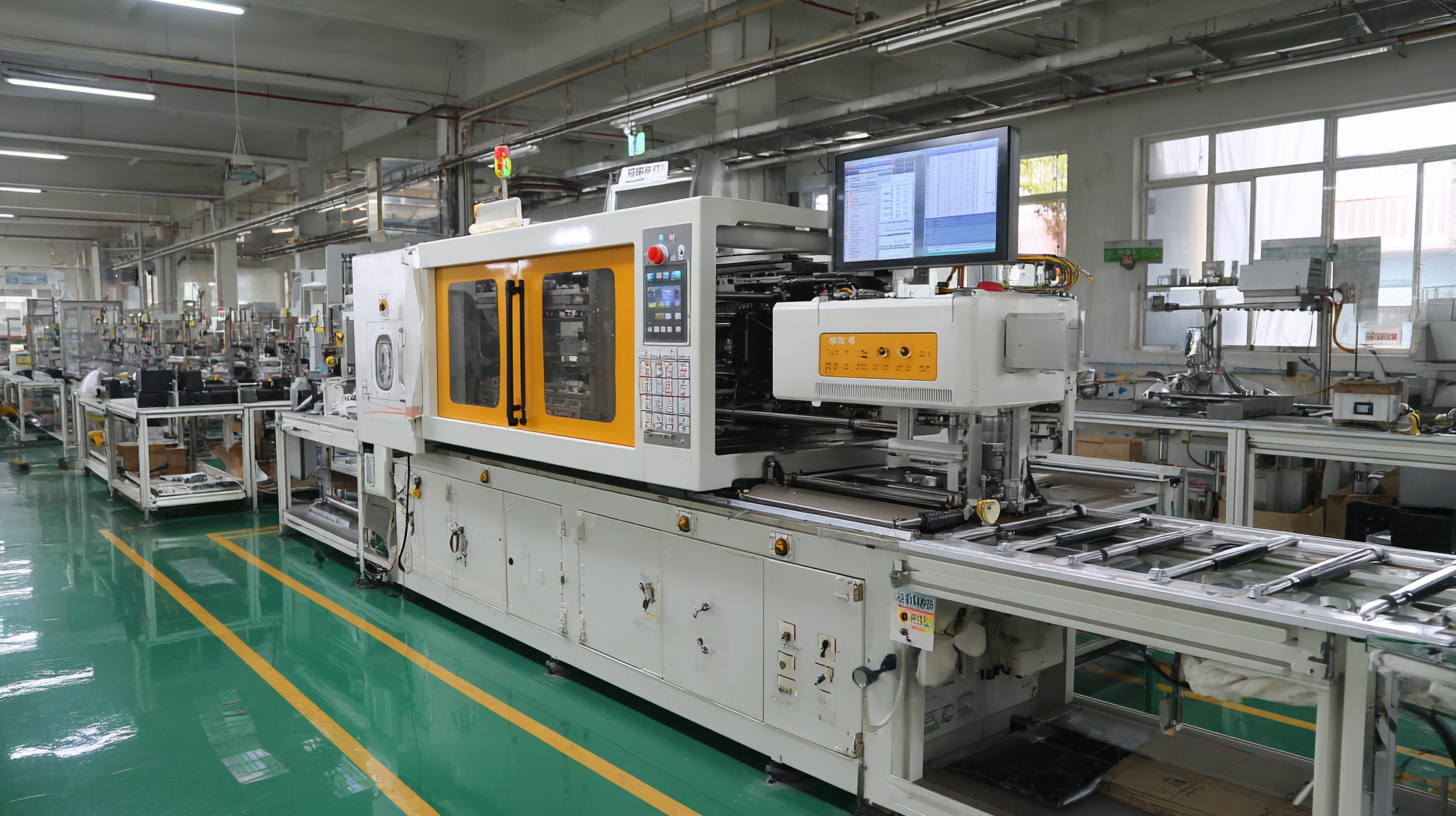
Related Posts
-

Understanding the Process of Vacuum Forming Plastic: A Beginner's Guide
-
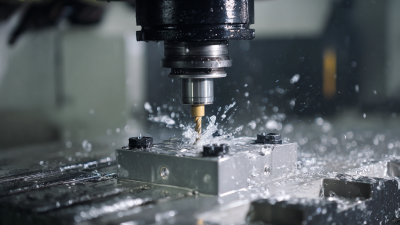
Understanding the Excellence of the Best CNC Machine Available
-

Exploring Innovative Alternatives to Traditional Vacuum Molding Machine Solutions
-
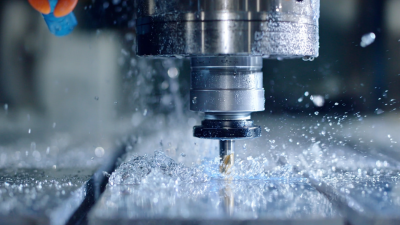
Exploring the Future of CNC Machines in 2025 and Their Unmatched Advantages for Global Buyers
-

The Future of Vacuum Forming Machine Technology: Innovations Transforming Manufacturing
-

The Future of Sustainable Versatile Solutions with the Best Large Drip Pan in Global Markets